Figure 1: Ringworm in male rat (Petey).
Case history and photos
History
Petey, a male 4-months-old, housed in a large cage with 3 other males and 3 females. They are kept away from our cats, but we do handle all the pets and it seems likely that it was spread this way by contact . However, there were never any signs of ringworm on the other animals, nor Petey’s cage mates.
Clinical Signs
First noticed (for 5 days or so) that his back seemed pinkish in that area but thought it was normal “rat dirt.” Then, what appeared to be a ring showed up almost overnight. I can’t say I have noticed much scratching but they are still being treated for mites so I couldn’t say that the scratching is caused by the ringworm.
Diagnosis
Ringworm
Treatment
The vet recommended lime dip, but until we are able to locate some, I am washing the area once a day with baby shampoo and then dabbing it with hydrogen peroxide.
After seeking more advice regarding treatment, I began applying clotrimazole cream daily after cleansing area.
Outcome
Noticed significant improvement once the clotrimazole cream had been started and used for two weeks.
Follow-up
Because there was never any additional clinical signs of ringworm on the other animals or Petey’s cage mates, as well as no new outbreak for Petey, we chose not to isolate him. We did, however, maintain strict handwashing before and after caring for Petey.
Photos
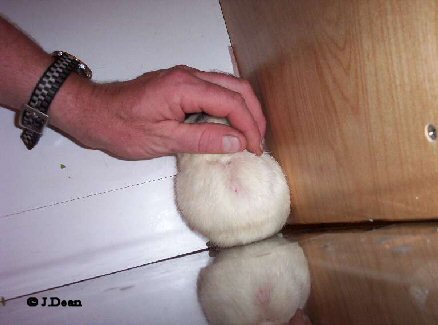 Photo 1: Shows ringworm when first appeared. |
 Photo 2: Shows ringworm as it is beginning to spread. |
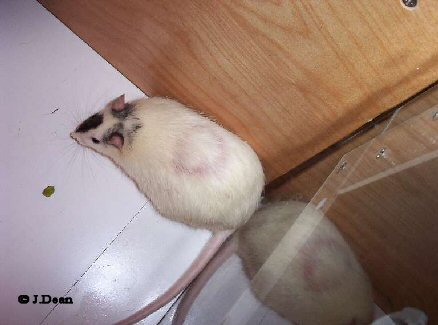 Photo 3: Shows ringworm in a recognized pattern. (not always seen in ring formation) |
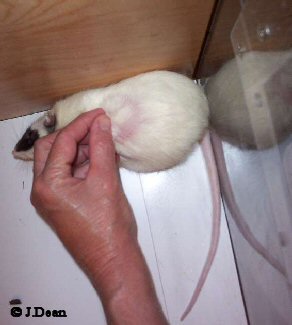 Photo 4: A close up view. |
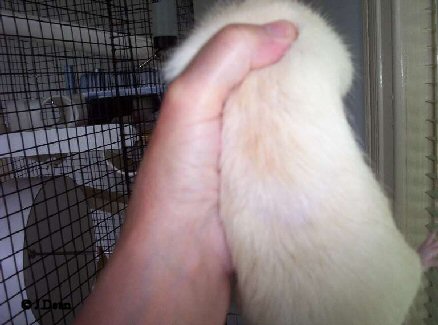 Photo 5: Shows one week after treatment initiated. |
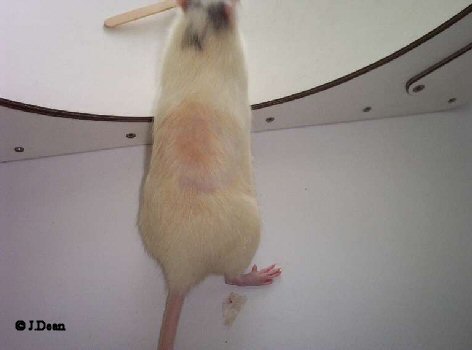 Photo 6: Shows another view of one week after initiation of treatment. |
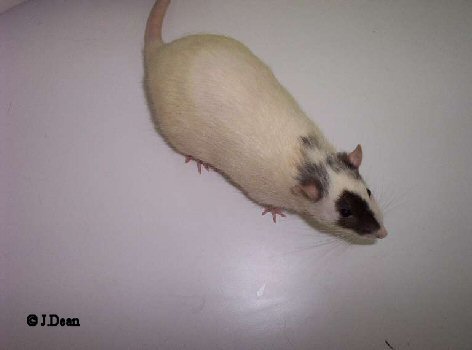 Photo 7: Shows after two weeks of treatment. Ringworm has been nearly resolved. |
 Photo 8: Shows another view after two weeks of treatment. |
Case history and photos courtesy of Janice Dean and Petey


